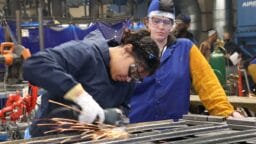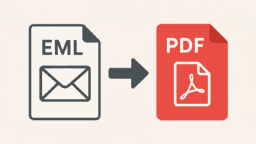The luxury transportation industry, once characterized by personal service and exclusivity, is now navigating a rapidly shifting digital landscape. As client expectations evolve and competition intensifies, fleet operators are facing mounting pressure to deliver seamless, technology-enhanced experiences.
From managing complex reservation schedules to dispatching vehicles across multiple locations, traditional manual systems are no longer sufficient. Delays, human error, and poor customer communication have long plagued operators relying on outdated methods. The demand for automation, real-time tracking, and streamlined communication is no longer optional – it’s essential for survival and growth in 2025.
Software as a Service (SaaS) has emerged as the cornerstone of this transformation. By offering cloud-based, scalable, and intuitive solutions, SaaS tools are addressing operational pain points while enhancing profitability and client satisfaction. These tools are enabling luxury transport businesses to focus on delivering top-tier service while ensuring backend operations are optimized, data-driven, and automated.
Additionally, the rapid advancement in cloud computing, 5G connectivity, and mobile-first user experiences has opened new possibilities for fleet operators. Mobile apps linked to SaaS platforms allow clients to make last-minute changes, track driver locations, or request amenities – all with a few taps. This level of convenience is quickly becoming the gold standard in luxury travel.
Top 4 SaaS Tools for the Luxury Transportation Industry in 2025

Amidst this rapid technological renaissance, certain SaaS platforms have risen to the forefront, setting new benchmarks for efficiency, convenience, and client satisfaction in luxury transportation. The following solutions are not only redefining industry standards but are also empowering operators to exceed expectations in an ever-evolving marketplace.
Here are the top SaaS tools transforming luxury fleet operations in 2025:
1. Booking Software
Among the most impactful innovations in luxury transportation is booking software. These systems have redefined the way reservations, dispatch, and customer communications are handled, offering a powerful combination of simplicity and sophistication.
With booking software, businesses can automate the entire booking lifecycle – from the initial reservation to driver assignment and final payment. Clients benefit from user-friendly online portals and mobile apps, while operators gain access to real-time updates and scheduling flexibility.

Key features include:
- Automated Reservations: Clients can book rides instantly, select vehicle types, and schedule future trips without human intervention.
- Integrated Payment Systems: Secure online payment gateways ensure smooth transactions, including tipping and invoice generation.
- Real-Time Notifications: Automated reminders, driver arrival alerts, and post-ride feedback requests keep customers informed and engaged.
- Fleet & Driver Management: Dispatchers can assign jobs based on vehicle availability, proximity, and driver skillset, optimizing efficiency.
- Analytics and Reporting: Understand peak booking times, popular routes, and vehicle utilization to better align marketing and resource allocation.
These features not only improve operational workflows but also directly enhance customer satisfaction by providing a more seamless, transparent, and reliable booking process. Businesses adopting booking software often see immediate improvements in customer loyalty, online reviews, and operational efficiency.
Furthermore, many booking platforms are now incorporating multi-language support, customizable pricing rules, and corporate account features. These additions cater to global travelers and business clients, who are key demographics in the luxury transportation market.
2. CRM Systems for Client Retention
Customer Relationship Management (CRM) tools enable luxury transportation providers to build lasting relationships with their clients. These systems track customer preferences, ride history, and communication logs, allowing businesses to personalize offers and ensure high-quality service.
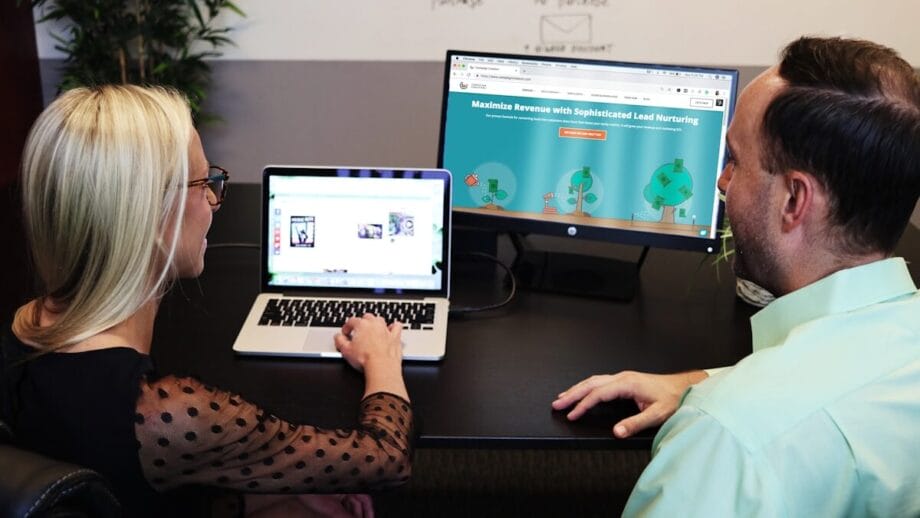
Features include:
- Contact and account management.
- Automated email marketing campaigns.
- Loyalty program integration.
- Customer service ticketing systems.
- Feedback collection and sentiment analysis.
In a business where reputation and personal attention matter greatly, CRM systems empower businesses to create memorable experiences. For instance, remembering a repeat client’s preferred vehicle or beverage choice can significantly improve satisfaction and retention.
By leveraging CRM data, companies can improve retention, upsell services, and respond swiftly to customer needs. Integration with booking software also ensures that all customer interactions are stored and accessible, giving a 360-degree view of the customer journey.
Moreover, CRMs integrated with AI and machine learning are now capable of predicting customer behavior, identifying churn risks, and recommending loyalty incentives. This predictive approach enables luxury transport companies to be proactive rather than reactive.
3. Route Optimization Software
‘Time is money’ in transportation. Route optimization tools help minimize fuel consumption, avoid traffic congestion, and reduce late arrivals. These SaaS applications use AI-driven algorithms and real-time traffic data to provide the most efficient routing options for every trip.
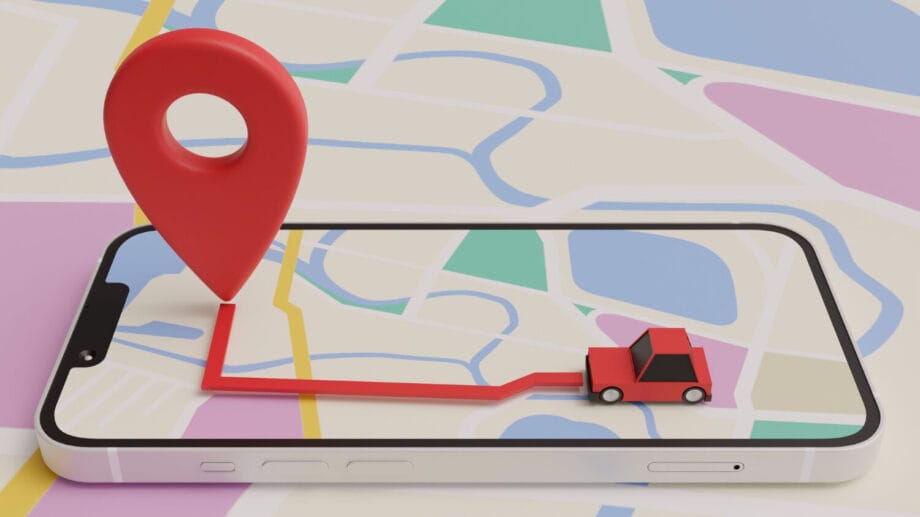
Benefits:
- Reduced fuel and maintenance costs.
- Increased driver productivity.
- Improved on-time performance.
- Lower environmental impact.
- Dynamic rerouting in response to traffic conditions.
Route optimization is especially valuable for businesses serving multiple clients in a day, such as corporate shuttle services or luxury tour operators. Reducing travel time by even a few minutes per ride can significantly impact overall profitability and customer satisfaction.
Some advanced route optimization tools also allow for geofencing, trip clustering, and integration with weather data. These extra layers of intelligence help further enhance safety and performance, even during unpredictable conditions like extreme weather or road closures.
4. Fleet Analytics Platforms
Fleet analytics platforms give operators deep insights into vehicle usage, maintenance needs, and operational costs. These SaaS dashboards compile data from GPS trackers, driver apps, and onboard diagnostics to present a clear picture of fleet health and performance.

Top metrics include:
- Idle time and fuel efficiency.
- Driver behavior (e.g., harsh braking, speeding).
- Maintenance schedules and alerts.
- Cost per mile and profit margins.
- Vehicle utilization rates.
These insights empower companies to make data-driven decisions that enhance longevity, safety, and cost-effectiveness. For example, predictive maintenance alerts can reduce vehicle downtime and extend the lifespan of luxury vehicles, which are typically significant investments.
Additionally, many platforms include driver scorecards and coaching modules, promoting safer and more efficient driving habits. Some even gamify the process to reward top-performing drivers and foster a positive safety culture.
Case Study: Improved ROI with SaaS Adoption
Consider a mid-sized company in Los Angeles operating a fleet of 25 vehicles. Prior to SaaS integration, the company relied on spreadsheets and phone-based reservations, resulting in double bookings, frequent no-shows, and high administrative costs.

After adopting a comprehensive SaaS suite that included booking software, CRM, and fleet analytics, the company reported the following results within six months:
- 25% reduction in operational costs due to automated dispatch and invoicing.
- 40% increase in repeat bookings through targeted CRM campaigns.
- 60% drop in missed appointments thanks to real-time driver tracking and alerts.
- 30% boost in customer satisfaction scores via personalized service and timely communication.
- Improved ROI through better fuel efficiency and proactive vehicle maintenance planning.
One notable improvement came in the form of marketing ROI. By integrating CRM with email marketing platforms, the company created segmented campaigns targeting business travelers and wedding planners, leading to a 35% increase in conversion rates.
Additionally, driver accountability improved through fleet analytics. With clear visibility into driving patterns, managers were able to coach drivers and reduce fuel-wasting behaviors, contributing to lower operating costs.
The company also integrated a client feedback loop into its workflow, using automated surveys after each ride. This helped quickly resolve complaints, identify service gaps, and implement changes that directly influenced customer loyalty and reputation.
The shift not only boosted profitability but also enhanced the client experience, leading to higher online reviews, word-of-mouth referrals, and partnerships with high-end hotels and event planners.
Conclusion: Why SaaS is the Future of Luxury Transportation
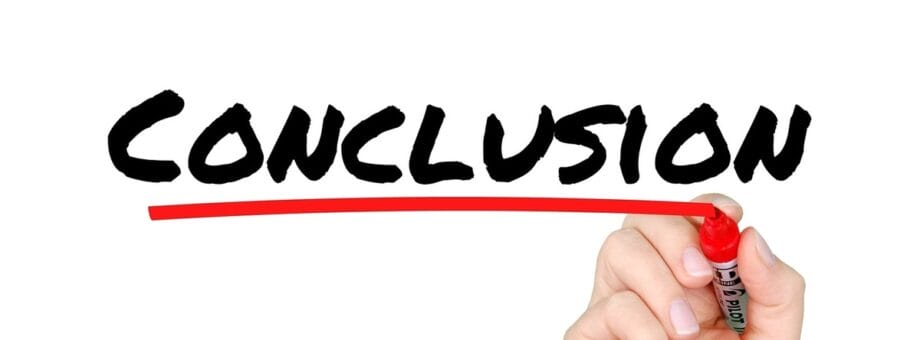
In 2025, the luxury transportation industry is undergoing a digital renaissance. SaaS tools are no longer a competitive advantage; they are a business necessity. From intuitive booking platforms to powerful analytics and CRM systems, software is driving the next wave of growth for executive transport providers.
Clients today expect speed, transparency, and premium service – and SaaS helps deliver exactly that. These tools eliminate human error, reduce overhead, and provide data-driven insights that inform smarter business decisions. They also scale effortlessly, supporting both boutique operators and large fleets alike.
The integration of these SaaS tools has not only streamlined back-end operations but has also redefined the standard of luxury service. By offering app-based ride tracking, digital receipts, customized experiences, and real-time support, luxury transport businesses can differentiate themselves in a crowded marketplace.
Looking ahead, the next frontier in SaaS for luxury transportation will likely include:
- AI-powered customer service bots for instant responses.
- Blockchain-based payment and contract solutions for transparency.
- Augmented reality previews of vehicle interiors during booking.
- Deeper integration with smart city infrastructure to optimize pickups.
- Voice-activated bookings and digital concierges for ultra-personalized interactions.
The businesses that embrace these changes early will be well-positioned to dominate in a future where convenience, personalization, and efficiency are paramount. Those resistant to change risk falling behind in an industry where innovation now drives value.
